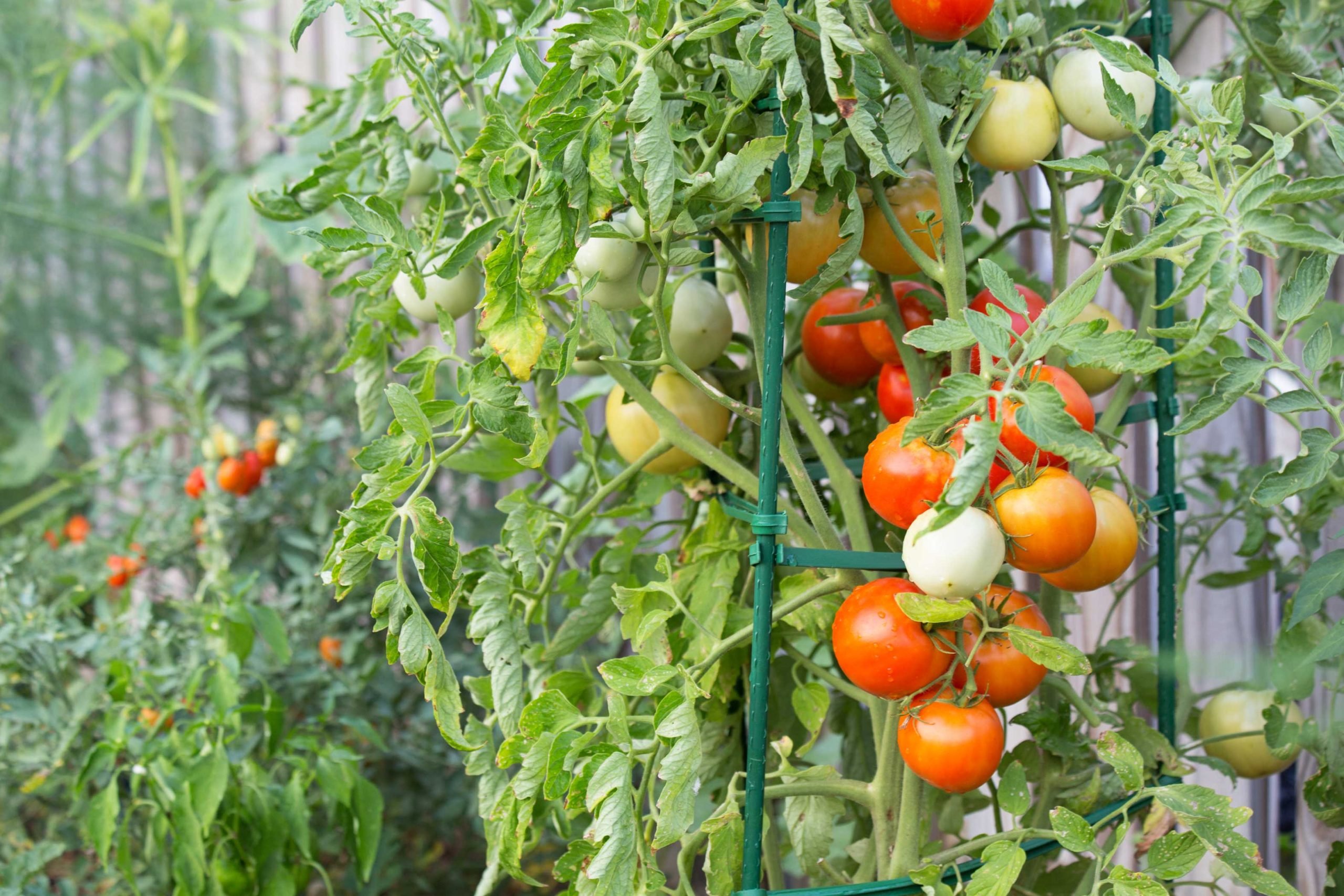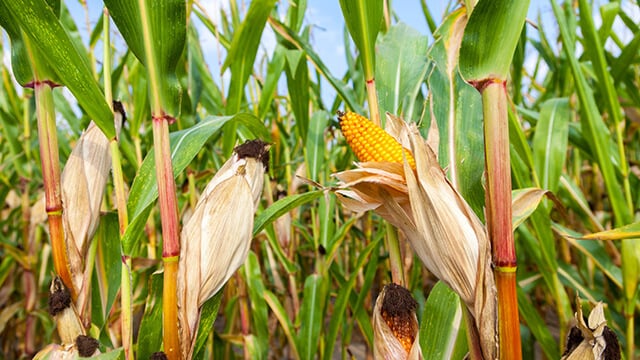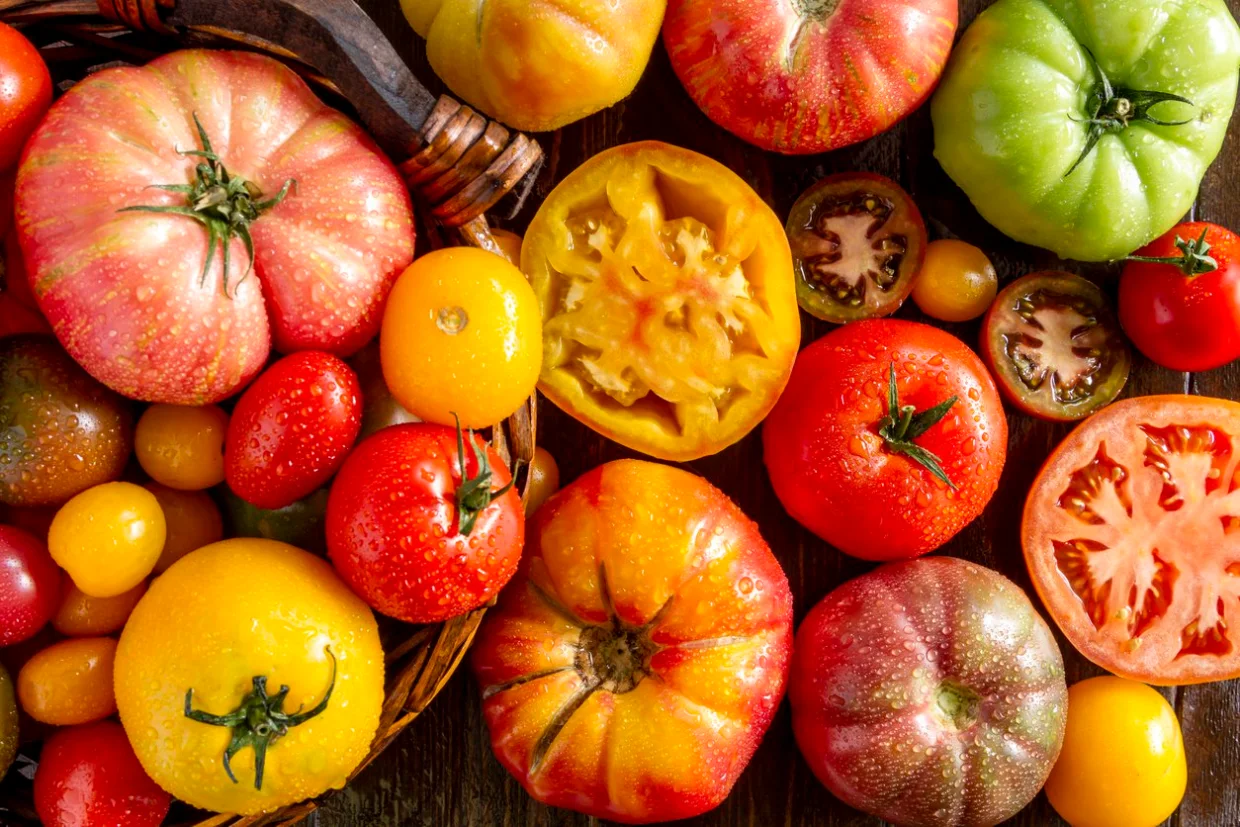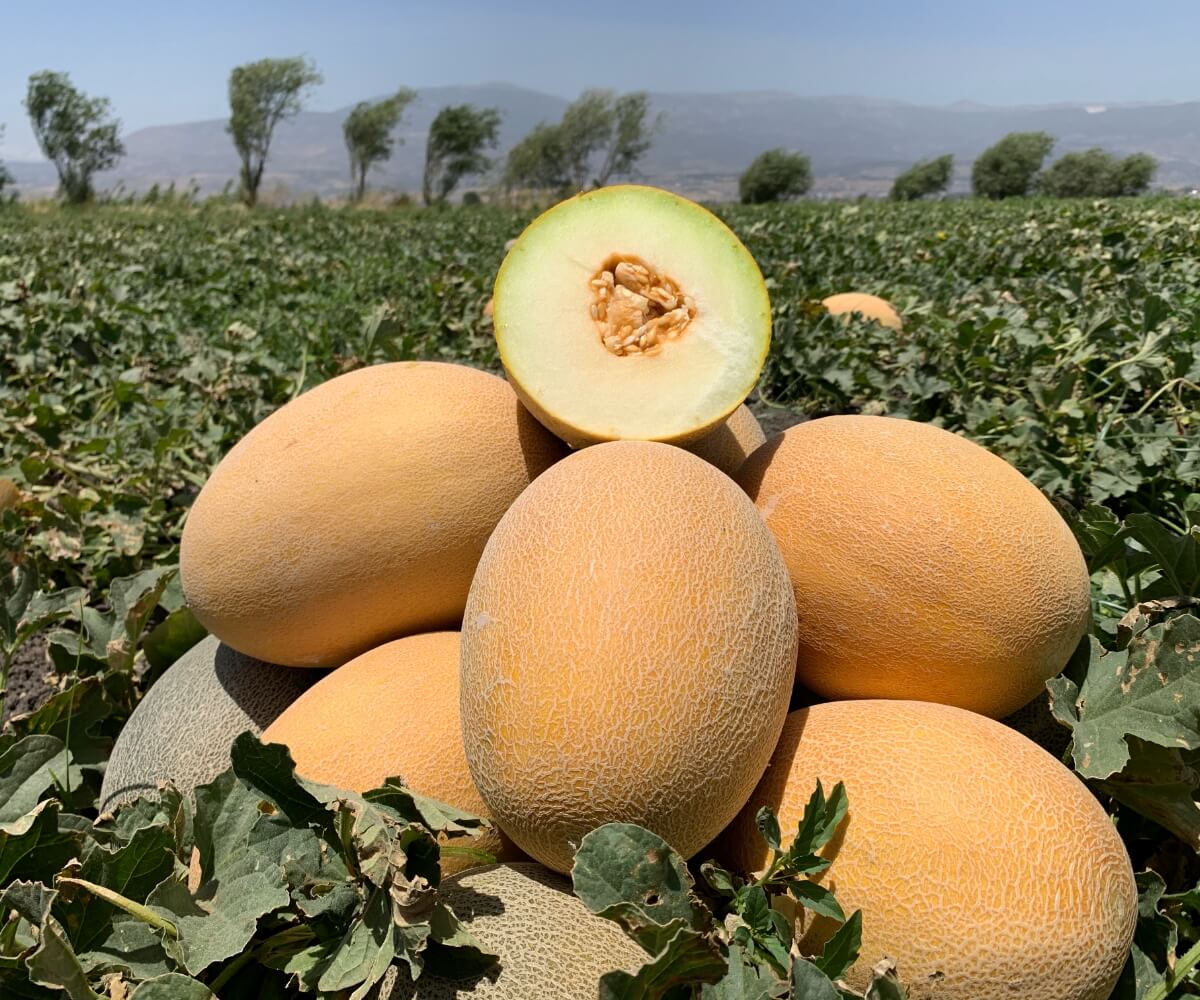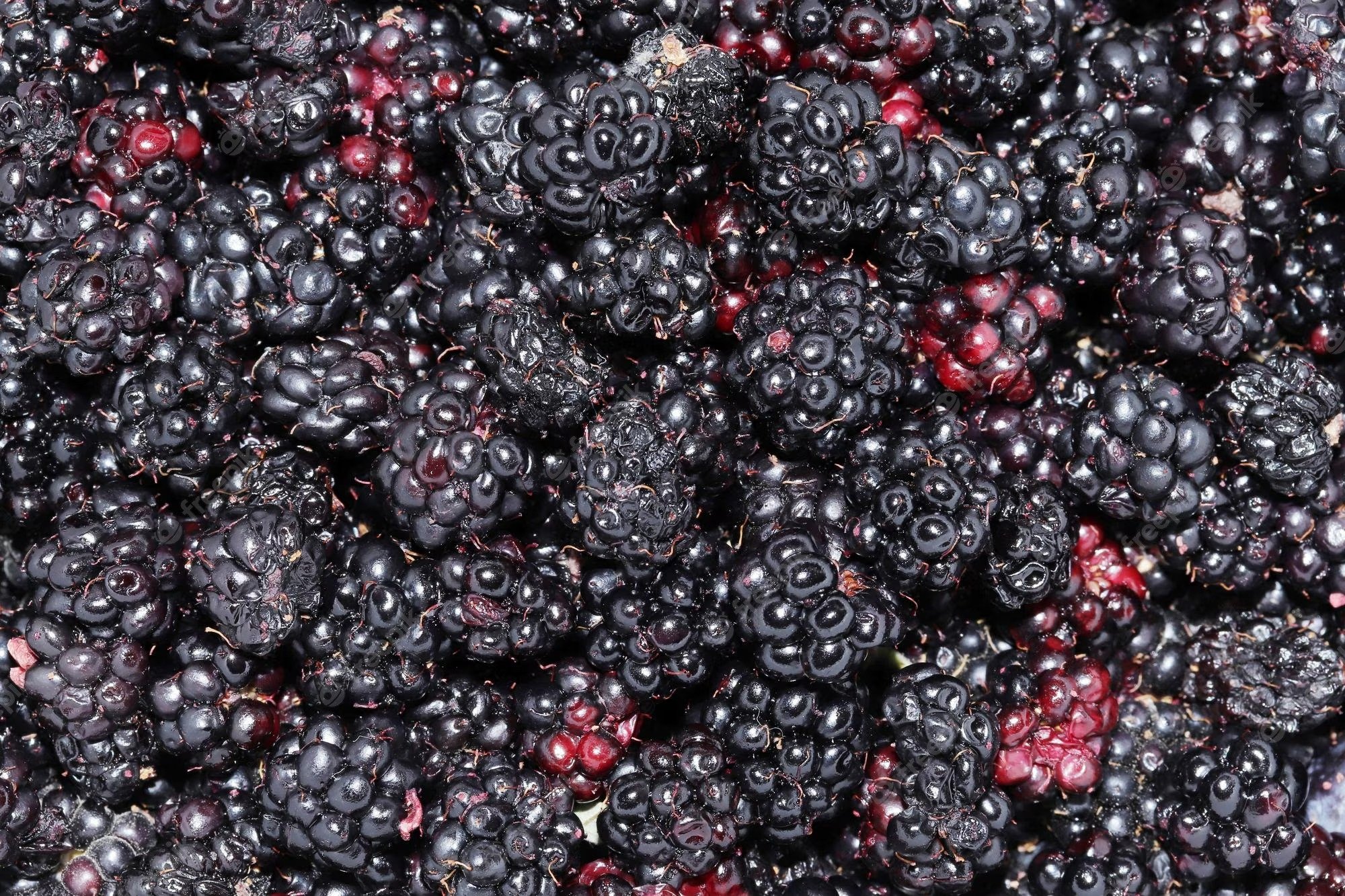6 Tayberry Plant Care & Growing Tips for Every Gardener
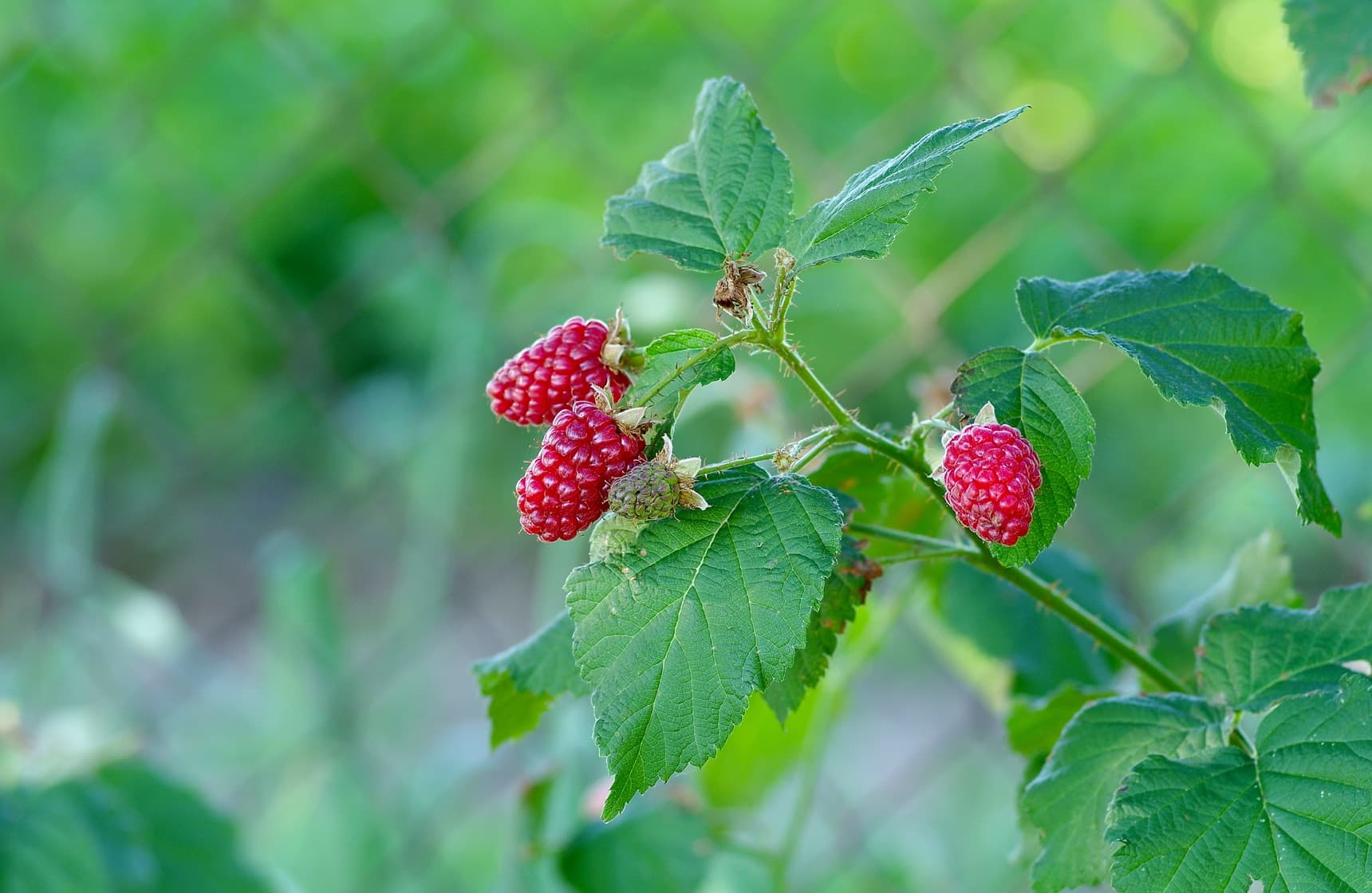
Table of Contents
If you have yet to hear of Tayberry, do not worry. It might not be well known, but it does bear delicious fruit. The berries are perfect for cooking, jam-making, and freezing so that you can make several mouthwatering treats. Tayberry plants are easy to grow and give you juicy berries as a reward. Made from crossing two berries, the Tayberry is the size of a large raspberry and has the sweetness and succulence of a blackberry.
Tayberries add interest to your unique garden for several years to come as long as you plant them in the correct spots and care for them precisely. This plant will bear a heavier crop yield than a loganberry. Biting into your first Tayberry will be a revelatory experience; pick from the floricane or primocane variety to suit your gardening needs. So, plant Tayberry plants in your garden as soon as possible for a rugged aesthetic. You will also be the talk of your gardening group once they realise you have planted a remarkable plant, the Tayberry.
Read this article if you want to know where to plant a Tayberry, what kind of soil to use, how much to water it, how to prune it, which pests to look out for, and much more.
About The Tayberry Plant
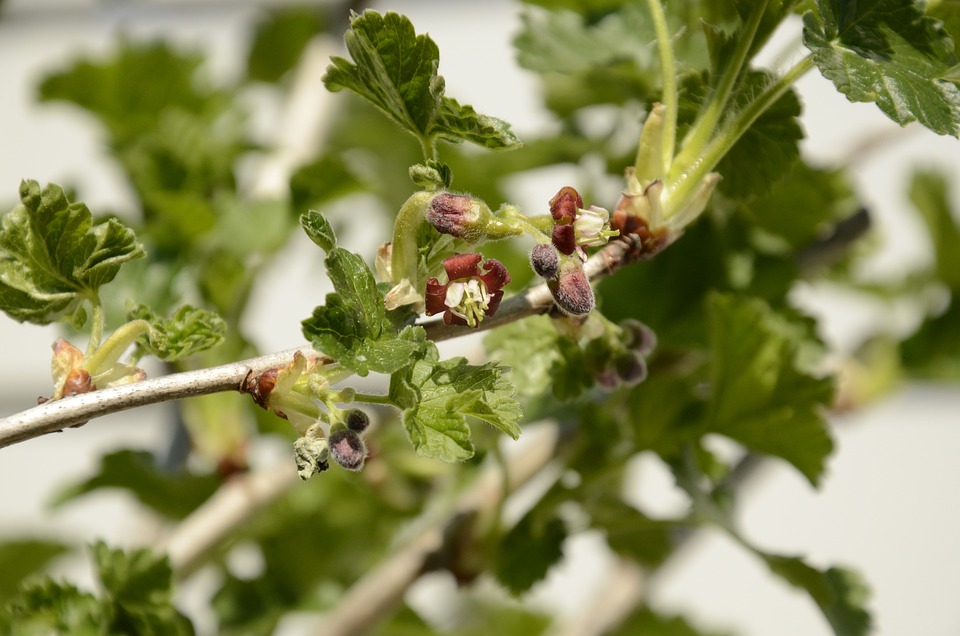
The Tayberry is a shrub in the Rubus genus of the Rosaceae family. It was cultivated in 1979 when a cross happened between a blackberry and a red raspberry. Derek L. Jennings of Dundee, Scotland, spent five years working on this hybrid of the two berries. It was named after the River Tay in Scotland. The Royal Horticultural Society (RHS) even gave Tayberry the Award of Garden Merit. The Tayberry can be used in cooking or eaten raw. If you or anybody you know has yet to taste a Tayberry, then you must try one as soon as they are ready for harvesting. That’s the best part of planting a berry bush is to enjoy those plump and sweet berries.
A Brief Overview of Tayberry
- Scientific Name – Rubus fruticosus x idaeus
- Common Name – Tayberry
- Plant Type – Fruit or perennial
- Hardiness – H5
- Height – 1.5 – 2.5 m
- Spread – 1.5 – 2.5 m
- Sunlight – Full sun
Growing & Caring Tips of Tayberries
If you choose to plant berries in your garden, then Tayberry plants should be the one. You will receive a steady array of sweet and delicious fruits from July to August. Not many people have heard of a Tayberry, so you will be the first person in your group to grow them and introduce it to all your friends and family.
1. Picking a Variety
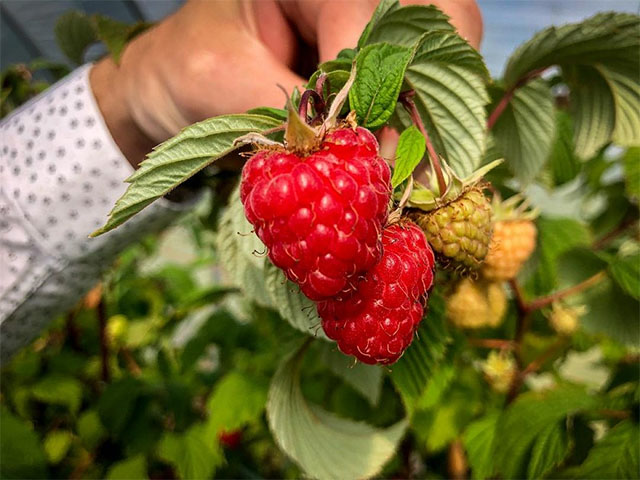
Once you have decided on planting a Tayberry, you need to pick the variety. Different varieties will suit different people and their gardens. For example, the Buckingham variety is thornless and likes a sunny spot and acidic soil. The Medana type is known for producing a bountiful harvest.
2. Where and How to Plant
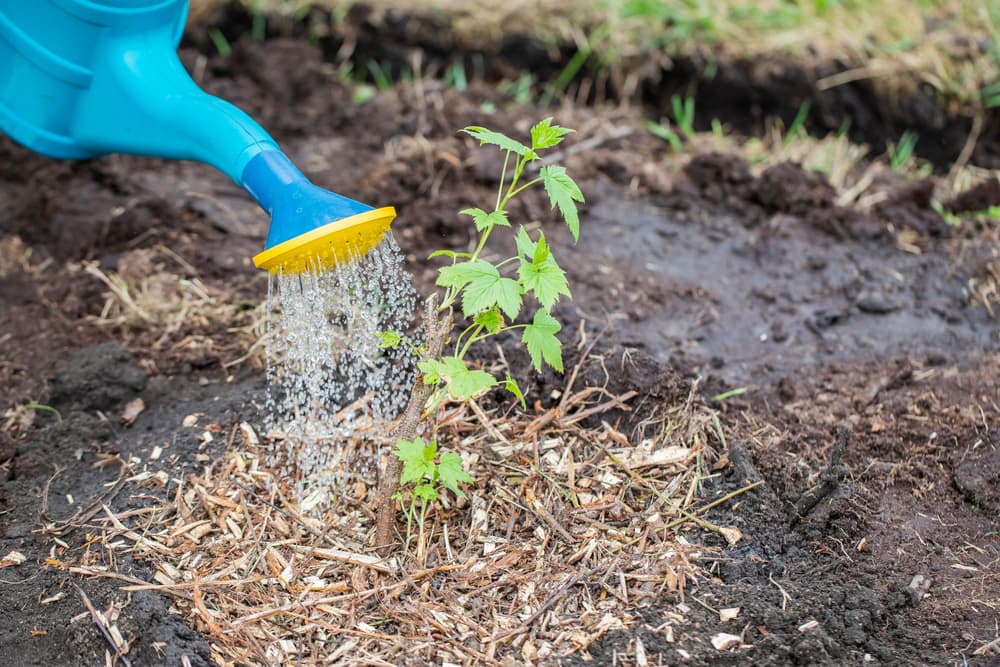
Tayberry plants are not selective, but they do have certain requirements for good growth. They need a spot which gets lots of sunlight, and the soil should have good drainage.
Like other berries, Tayberry can not be grown from seeds; you need a young plant ready to be transplanted or grow a cutting. After getting your plant, dig a hole large enough and place the plant inside it. Space out the plants 2.5 metres apart so that they have plenty of room to grow; water the topsoil so that the plant has moisture.
3. Propagating and Watering
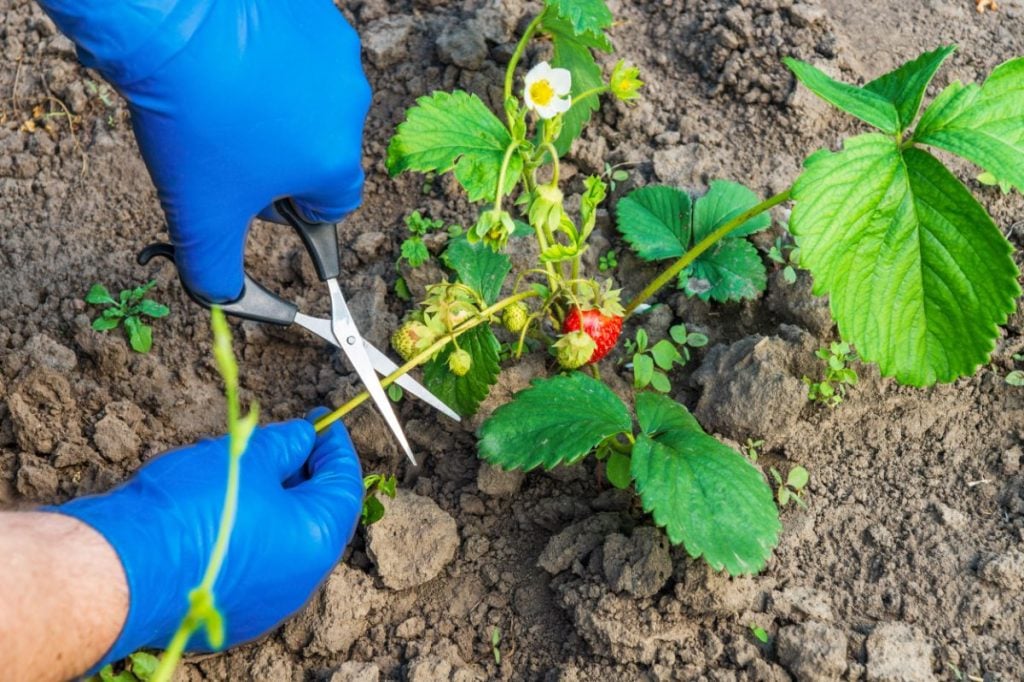
With your Tayberry cuttings, cut around 30 cm or so from a mature Tayberry bush. Plant the cutting a few inches into the ground; the soil should be rich and fertile. Watch as the cutting begins to put forth roots and becomes mature.
In the first year, you need to water your Tayberry plants slightly more. After that, you can water less since the plant gets water from rain and moisture. During a dry spell or drought, water a little extra.
4. Fertilising Tayberries
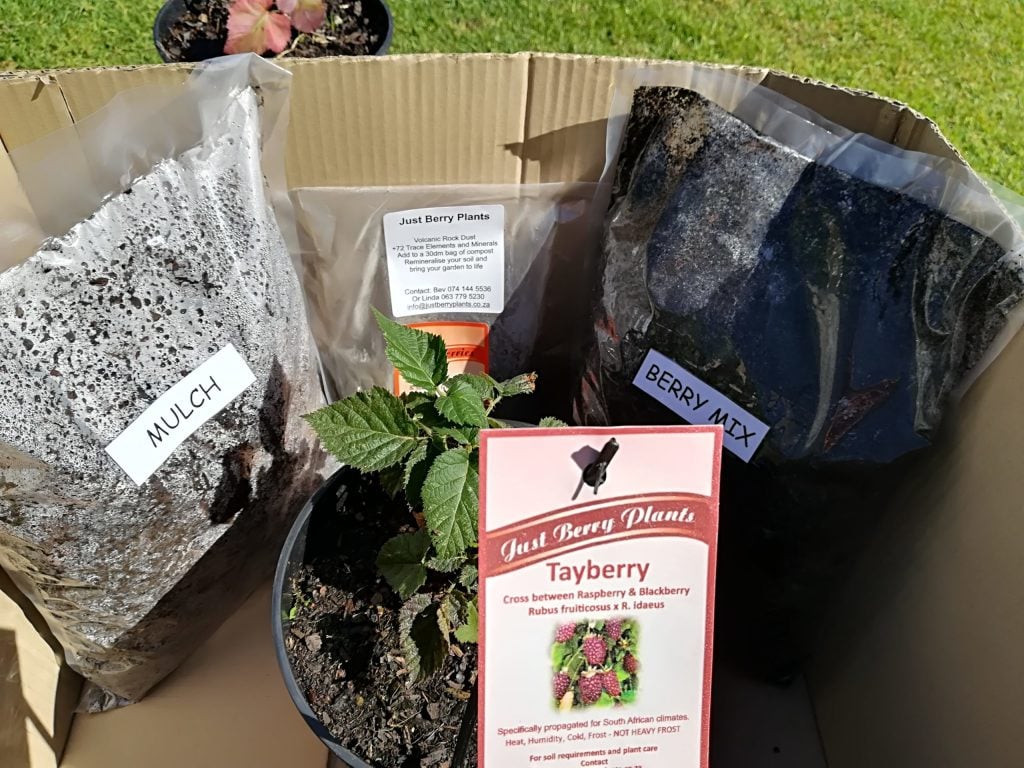
For extra help, you can add some general fertiliser like growmore, fish, or blood and bone when planting. After this initial fertilisation, you need to add fertiliser each spring for plant growth. For successive feeds, compost or mulched leaves can be added. This step retains moisture in the soil since the Tayberry prefers free-draining and moist soil.
5. Supporting Tayberries
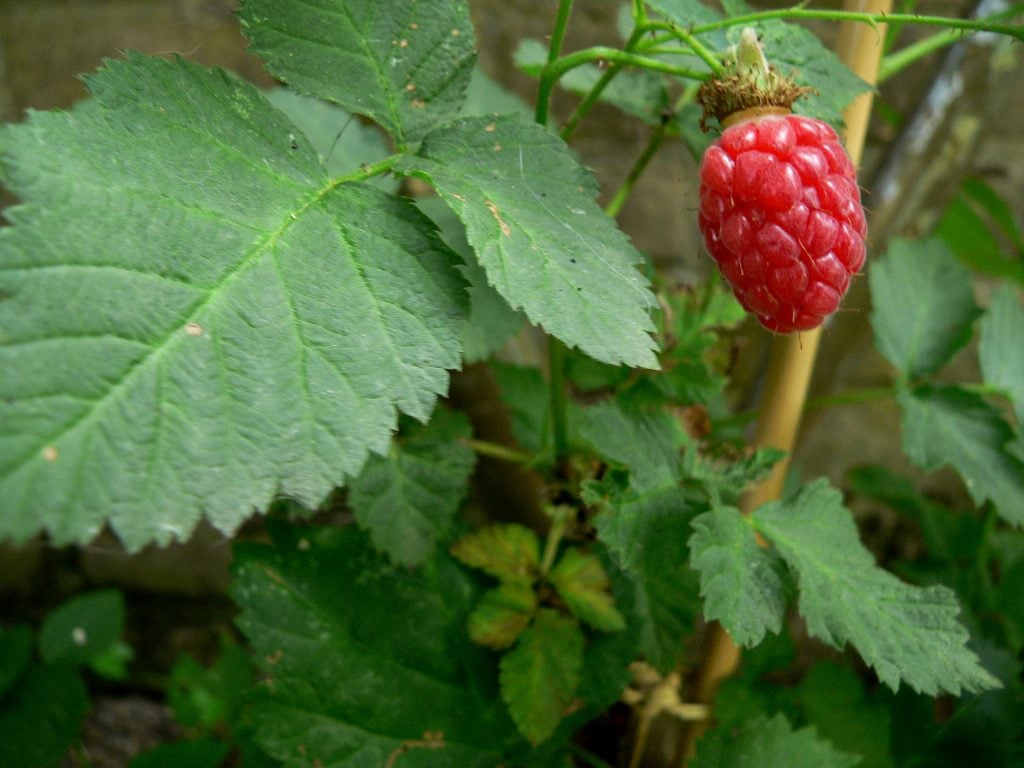
Tayberry plants need a support structure to thrive. A wall or wires will do the job. When the plants start giving fruits, the total weight of the plant becomes a lot; these support systems counter the plant’s weight and keep the plant from toppling over. The support leads to a fuller plant, vigorous plant growth, and plentiful fruits.
6. When to Prune
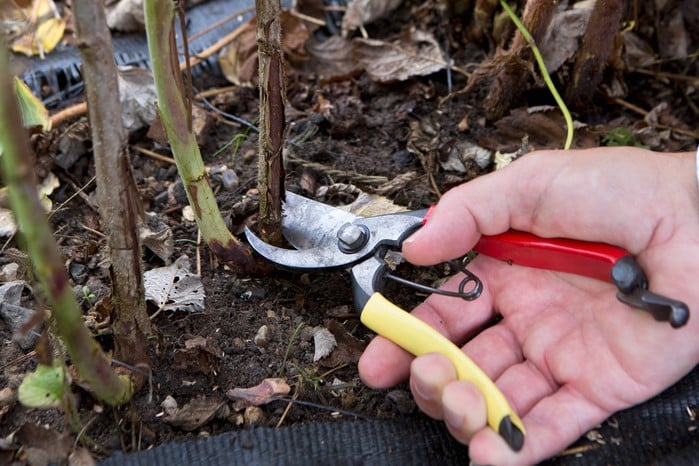
The pruning schedule depends on the Tayberry variety. For some Tayberry types, you cut each other so that next year’s fruit will grow on the current year’s growth. This variety is called florican.
For some varieties, you need to cut entirely to the ground, and the next year’s fruit will grow on the next year’s growth instead of the current year. Primocane is the name of this type of variety. This is why you need to know which variety you have picked and planted in your garden.
Harvesting Tayberries
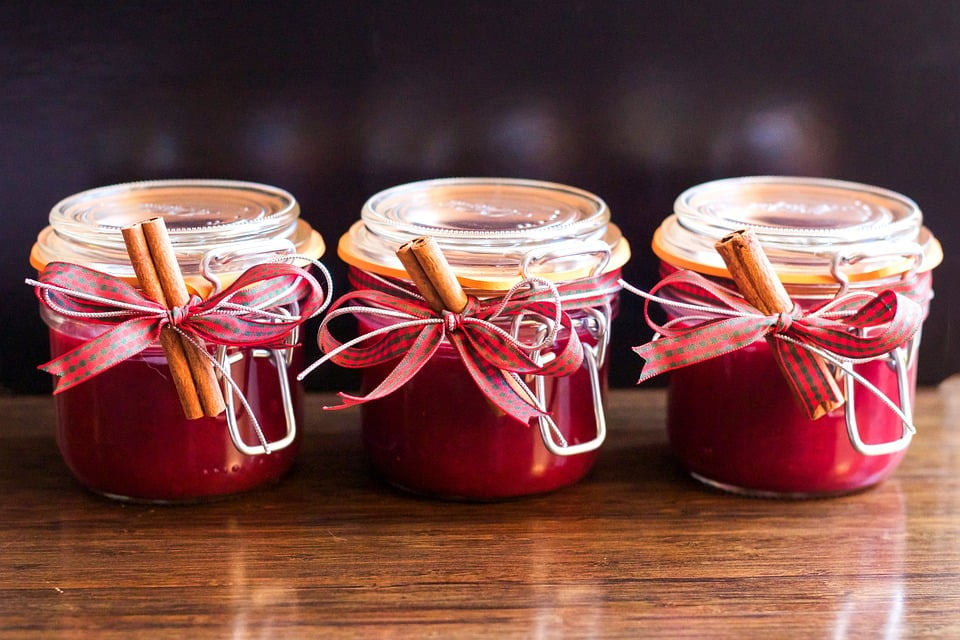
Now the best reason to plant Tayberry plants is simply to eat the berries. After the second or third year of planting, there will be a plentiful bounty of berries. The colours range from red to dark purple as the berries are ripening; the berries will be easy to pull off the plant. Please take care when picking berries if the Tayberry variety has thorns. Freshly picked berries can be kept in a dry and cool spot for a couple of days.
You can freeze berries, but they become mushy after thawing out. The freezing method works well if you are going to cook with Tayberries. These berries can be used in jams, pie fillings, and jellies. One of the UK’s favourite desserts, a crumble can also have tayberries alone or along with apple, rhubarb, blackberry, or other autumn fruits. With a Tayberry plant, you can make these delicious dishes whenever you want and as many times as you want.
Common Problems and Pests to Watch Out For in Tayberries Plants
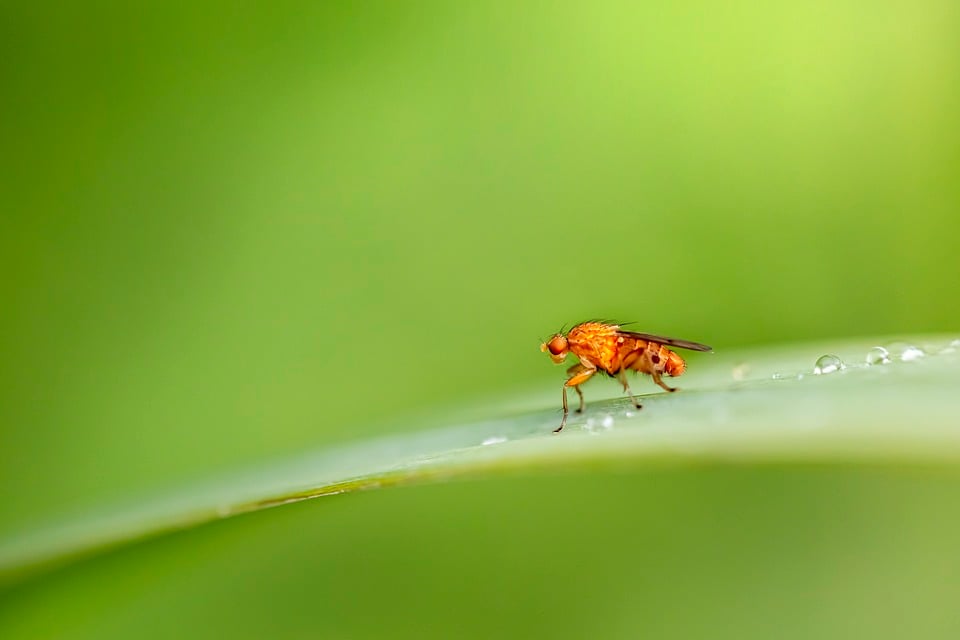
The popular pests to look out for are aphids, raspberry beetles, leafhoppers, gall mites, fruit flies, and birds. Use a fly spray to purge the swarms of fruit flies. Spray the leaves with insecticide once the petals have fallen off to stop raspberry beetles from infesting your plants. If you keep the plants vertically, then the birds will have more difficulty eating the fruits.
Gardening Tools Needed for Tayberry Plant Care
Gardening equipment will help you plant and care for your Tayberries.
Tayberry Plants
Young Tayberry plants, which are ready to plant, are your first step.
- BlackBerry Raspberry Hybrid Garden Fruit Plant
- 2L Pot Hybrid Fruit Bush
- Hardy Perennial Tayberry Fruit Bush Garden Plant
- ‘Buckingham’ Rubus Tayberry Group Hardy Shrub
Fertiliser for Your Plants
Having the right fertiliser helps your Tayberry plants grow and thrive in your garden.
Gardening Tools
A garden tool set will make sure your Tayberries are planted perfectly.
- Garden Tool Set
- 11 PCS Aluminum Alloy Steel Hand Tool Gift Kit
- 11 Piece Heavy Duty Garden Tool Set with Tote Bag
- Gardening Hand Tool Gift Kit
Summing Up!
Everybody knows and plants strawberries, blueberries, raspberries, or blackberries. For a unique garden, Tayberry plants should be on your agenda. A blackberry and a red raspberry were crossed to make a Tayberry by Derek L. Jennings of Scotland after five years of working on this project. The Scottish Horticultural Research Institute released this union in 1979. The Scottish influence is even prevalent in its name since the Tayberry is named after the River Tay in Scotland. The Tayberry has been awarded the Award of Garden Merit by the Royal Horticultural Society (RHS).
Even if the Tayberry is not as common as its parents, it has started to become more popular in the UK garden market. You will be amazed by the Tayberry’s 5-petalled flowers and juicy fruits; it has a strong flavour but with less acidity than that of the loganberry. Tayberries will make your garden look very rugged and provide you with edible fruits. The floricane or primocane type of Tayberry will dictate where the following year’s growth is coming from; this way, you are fully prepared for next year. Write down all your experience with planting and growing Tayberry bushes in the comments below.

